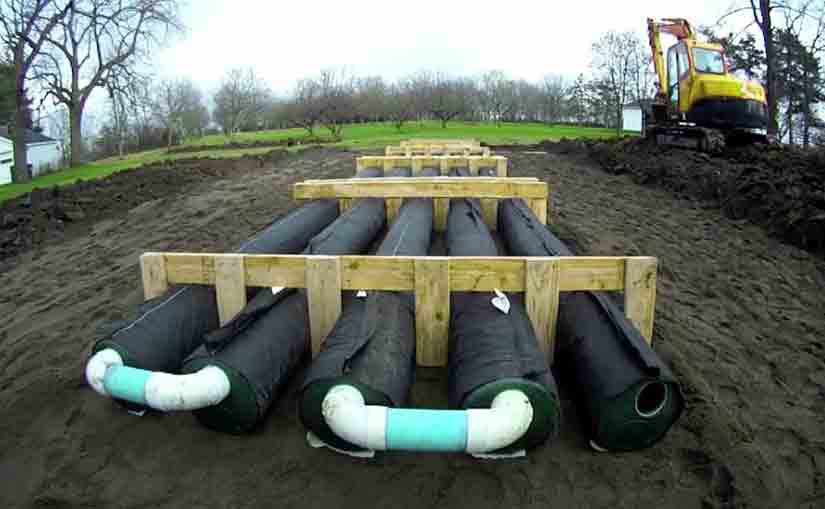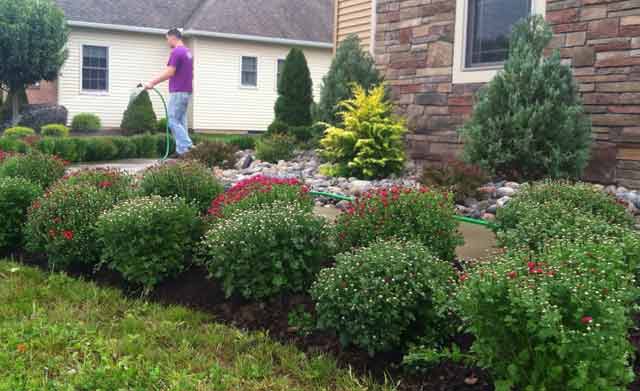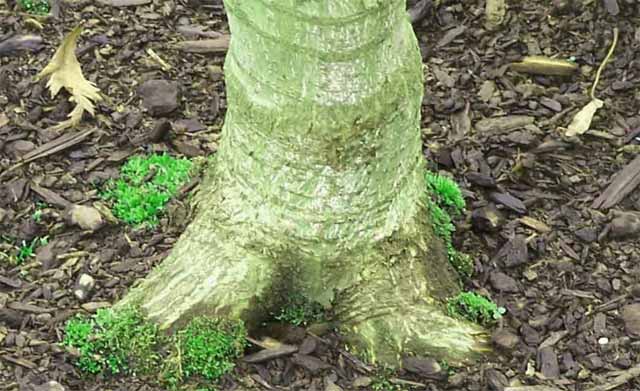This question has been echoing inside your head for weeks now. You have just moved into your newly constructed home and the thought of how to maintain your cesspool has been filling your head ever since. You very well know that you have to keep your cesspool in tip top condition to avoid the horrors of cesspool waste flooding your entire property. You have been awake, lying in bed all morning just wondering how deep your cesspool lid is. You know that you need to find this out soon so that you could start being an ideal cesspool owner.
At breakfast, the thought didn’t seem to leave you. At the final bite of your pancakes and maple syrup. You decide to finally set out into your yard and try to trace where your cesspool lid could possibly positioned. Finding out how deep your cesspool lid is would give you the chance to conceal it properly while gaining access to it when you need to inspect the tank.
The cesspool lid depends on so many factors. One is the distance of the cesspool tank from your home. If the soil conditions are not favorable near your house, then the cesspool should be installed a few meters away. This could be influenced by the amount of rocks and boulders that surround your home. If the cesspool is to be installed farther from your house, then it should be placed much deeper. This gives you the idea that the cesspool lid is deeper as well. Gravity is the moving force in a cesspool system. The cesspool tank and the cesspool lid should be positioned much lower than the inflow pipes from your home. However, when a pump is installed to get the wastewater from your home to the cesspool tank, then the cesspool and the cesspool lid could be installed much closer to the surface. Another factor is how deep the tank is installed. If you are a homeowner who wants to have your cesspool deep below the ground to prevent easy septic water flooding when the tank overflows, you could assume that the cesspool lid is about a foot to six feet below the surface of the soil.
Deep cesspools have a riser installed with them. This riser provides an access for much easier maintenance measures. This riser has a large diameter so that you could practically cover it and view through it when you clean, pump, or inspect. Twenty four inches would be ideal. If you have a deep absorption field, then it is most likely that you have a deep cesspool. But this type of absorption field has very poor aerobic bacteria that would fully purify the effluent.
You promised yourself that you will not let the day end without knowing how deep the cesspool lid is. Digging incessantly to gain access to the lid will cause you to waste time and risk having potholes on your newly landscaped yard. If you are going to dig for the cesspool lid, then you have to do it only once and with confirmation. Feeling a bit clueless about the measurement of the depth, you call the septic expert that you hired to install your cesspool. It may be a very dependent thing to do but at least you will sleep that day knowing that you have properly located the cesspool lid.
Your septic expert arrived and guided you as to where the cesspool lid is and how deep it is installed. He even helped you dig for it as neatly as possible to avoid any aesthetic damage to your yard. After discovering the depth of the cesspool lid, both of your secured it again and concealed it so as to prevent other members of your household from falling in accidentally. It can be dangerous if your entire household found out where your cesspool lid is located. So as much as possible, you should be the only one who knows about it. The lid should be heavy and stable as well so that curious children and animals won’t explore it.



